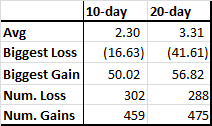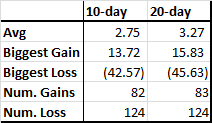We had discussed REITs (Real Estate Investment Trusts) before. The SEBI board has approved the final set of regulations.
Key take away
- Tax pass-through: return from investments through these instruments will be taxed only in the hands of investors and the trusts will not have to pay tax on income.
- REITs and Invits should have a starting asset value of at least Rs 500 crore and the initial offer has to be Rs 250 crore or more.
- REITs will be allowed to invest only in commercial property. They should be completed and should be generating revenue.
- REITs will have to be listed. But if the experience of listing NCDs is any indication, expect little no secondary market liquidity.
- REITs will not be allowed to invest in other REITs.
- Minimum investment: Rs. 2 lakhs
Impact
This will be a good way to build a diversified portfolio. Right now, investing in any form of real estate is a nightmare. Ticket sizes tend to be more than Rs. 50 lakhs for decent properties, there’s a huge legal tail-risk associated with land, the total cost of ownership cannot be fully calculated beforehand, so ROI is a matter of gut-instinct. REITs will be a net positive for investors with white money.
Right now, small ticket purchases (less than Rs. 50 lakhs) has been focused on buying up land in the outskirt of cities or Tier-2/Tier-3 cities. If REITs end up being popular, then it may negatively impact appreciation rates in these areas.
Full text:







